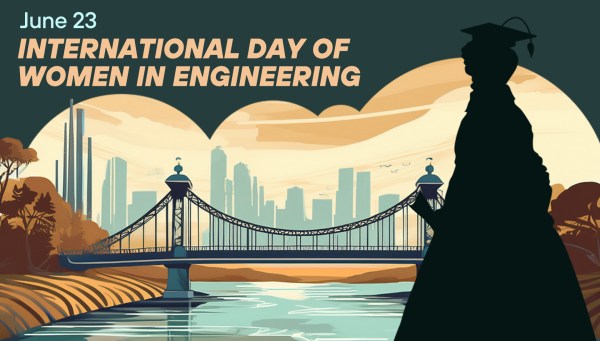From there, the so-called STEAM professions unfold, which are the present and the future of the global labour market.
According to the World Economic Forum, the number of jobs in STEM careers will reach 7 million by 2025. Examples of these professions are cybersecurity, the Internet of Things (IoT), user experience development (UX), artificial intelligence (AI) and others.
Why promote these professions in girls and women?
Precisely because it is in these areas where the gap between men and women is pronounced.
According to UNESCO data, women represent only 35% of those pursuing higher education in STEM. And women represent less than 30% of scientific researchers.
All this contributes to reducing opportunities for innovation, as well as new perspectives to address the future. In the STEM context, this lack of access to technology can prevent students from acquiring basic computer, programming or engineering skills, putting them at a disadvantage compared to those with greater resources.
When do these gaps emerge?
They start in childhood and continue into adulthood, with few opportunities to develop in these professions.
The importance of access to STEAM careers, based on equality in a society, starts by working on the elimination of traditions that prevent equal opportunities, especially for women and girls to have the possibility of studying what they want.
Access to them allows them greater economic security for women, in addition to specialising in the fields of science, technology, engineering, arts and mathematics and the multiplicity of professions that arise from these branches, with the relevance that their demand at a global level is growing at an accelerated pace.
To work for and promote these careers in the workplace is also to work for a better future for our society.
Lack of access to quality education and technology
Lack of access to quality education and technology also has a direct impact on job opportunities in STEM sectors. People who do not have access to adequate training or the technology needed to acquire advanced skills are less competitive in the labour market. Gender, socio-economic and geographic gaps influence unequal representation in high-paying technology jobs, further exacerbating economic inequalities.
Conclusions
In summary, digital divides in the STEM world not only limit access to education and job opportunities, but also perpetuate social and economic inequalities that impact global development. To close these gaps, it is essential to implement inclusive policies that promote universal access to technology, quality education and equal opportunities for all social groups, especially those that have been historically marginalised.







